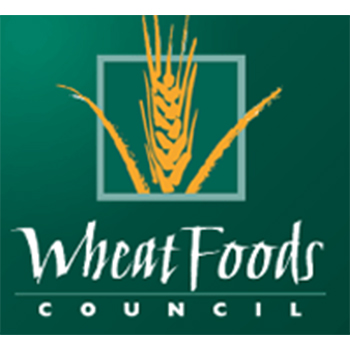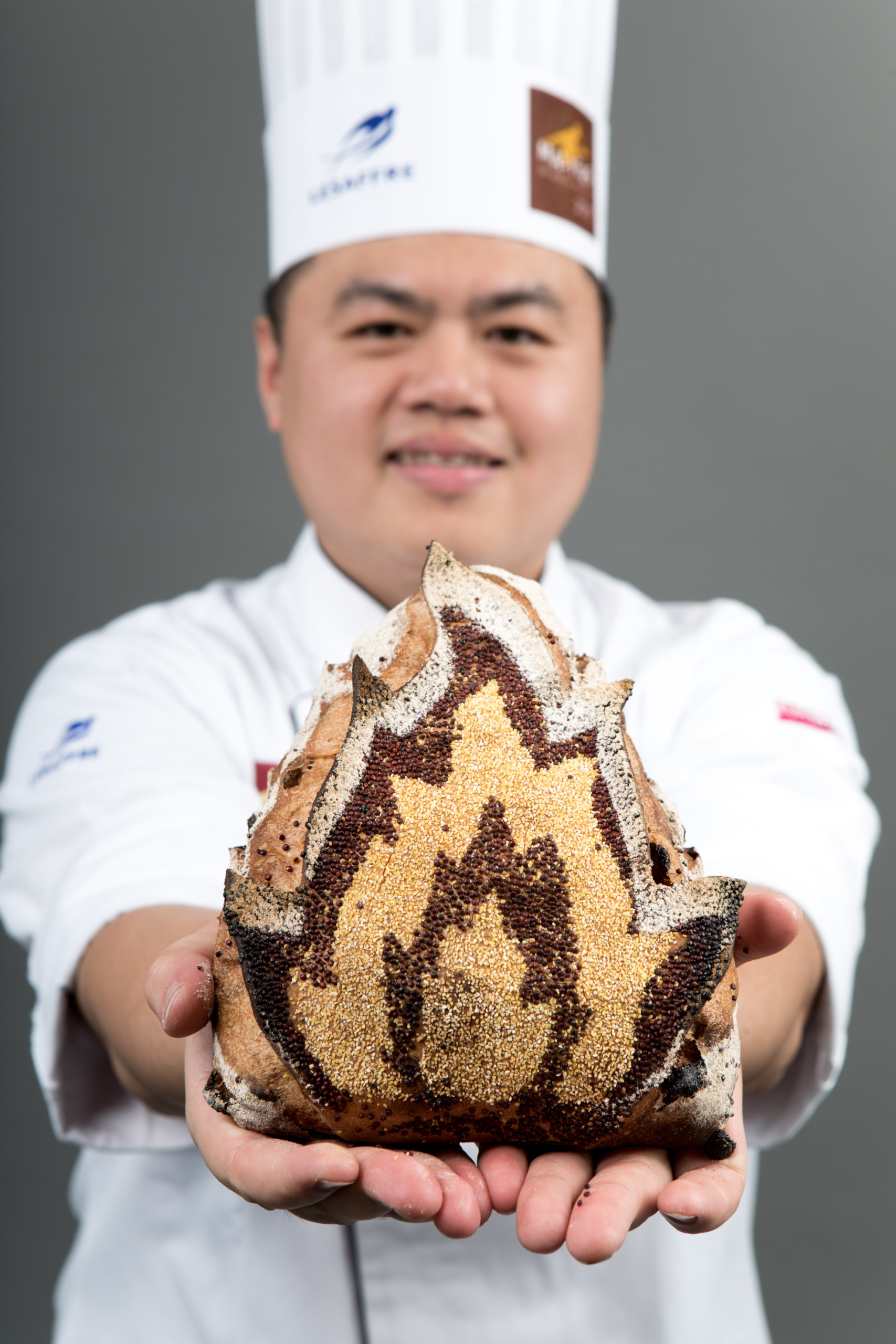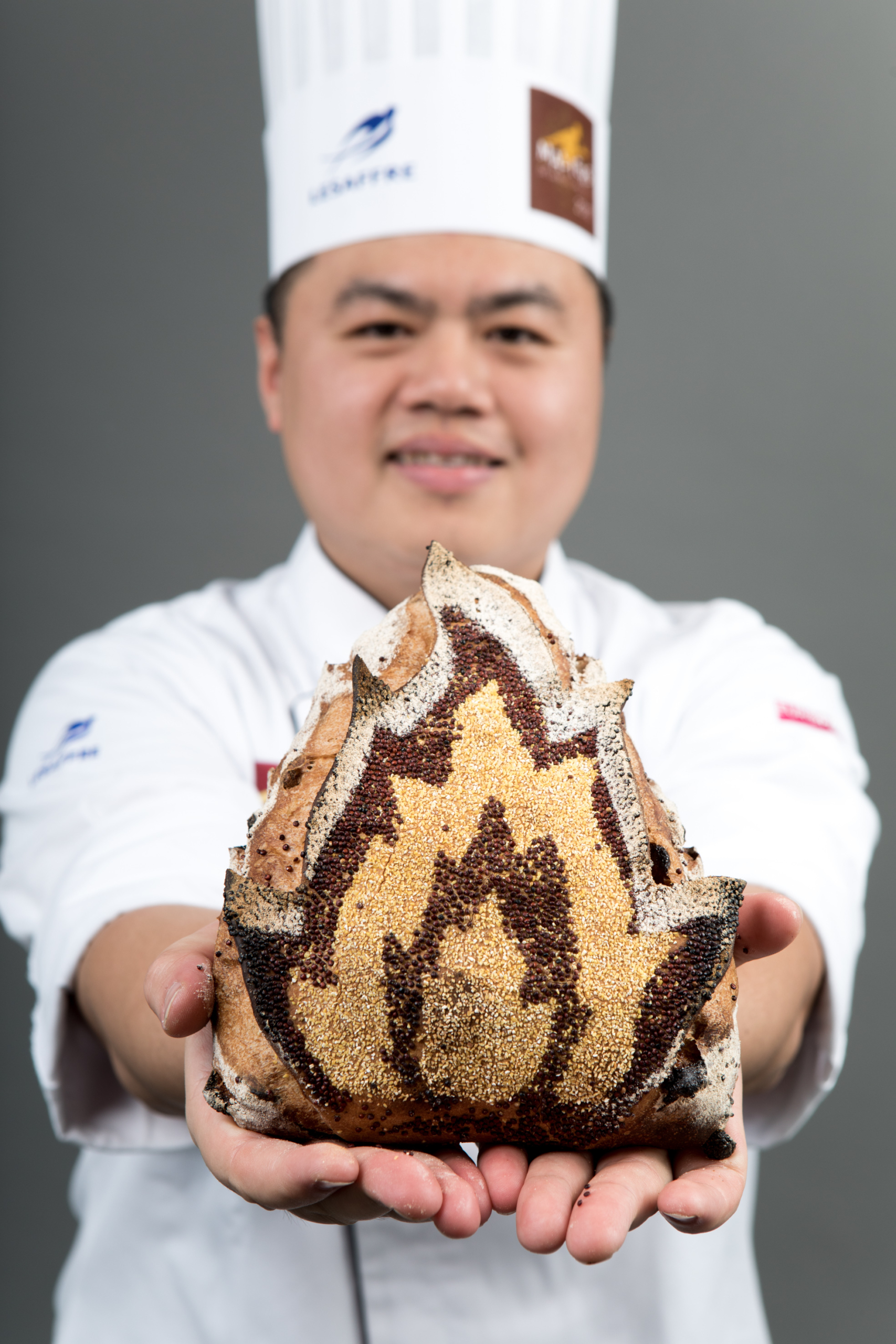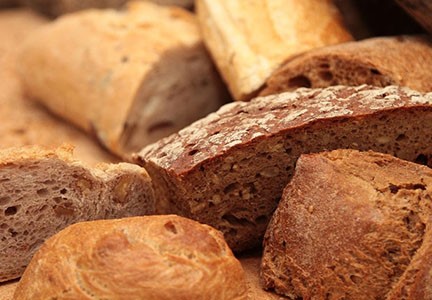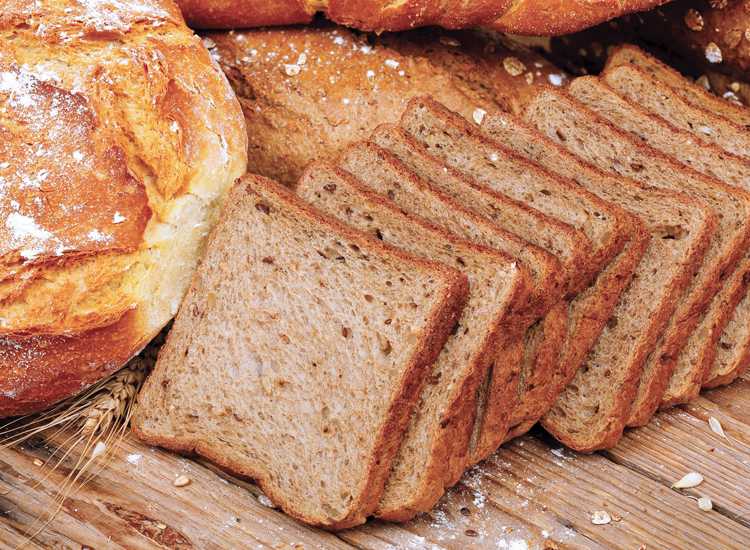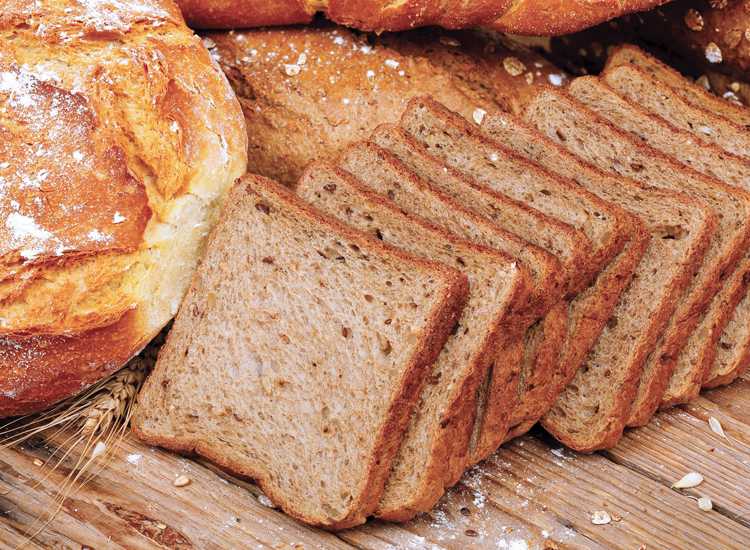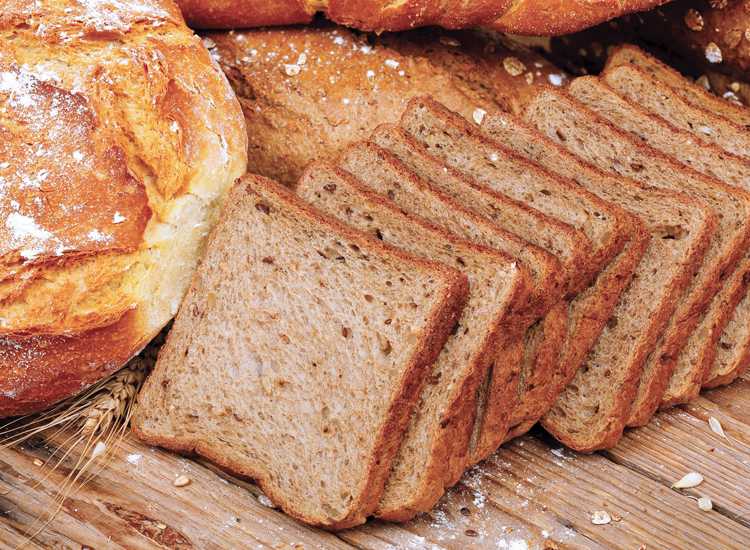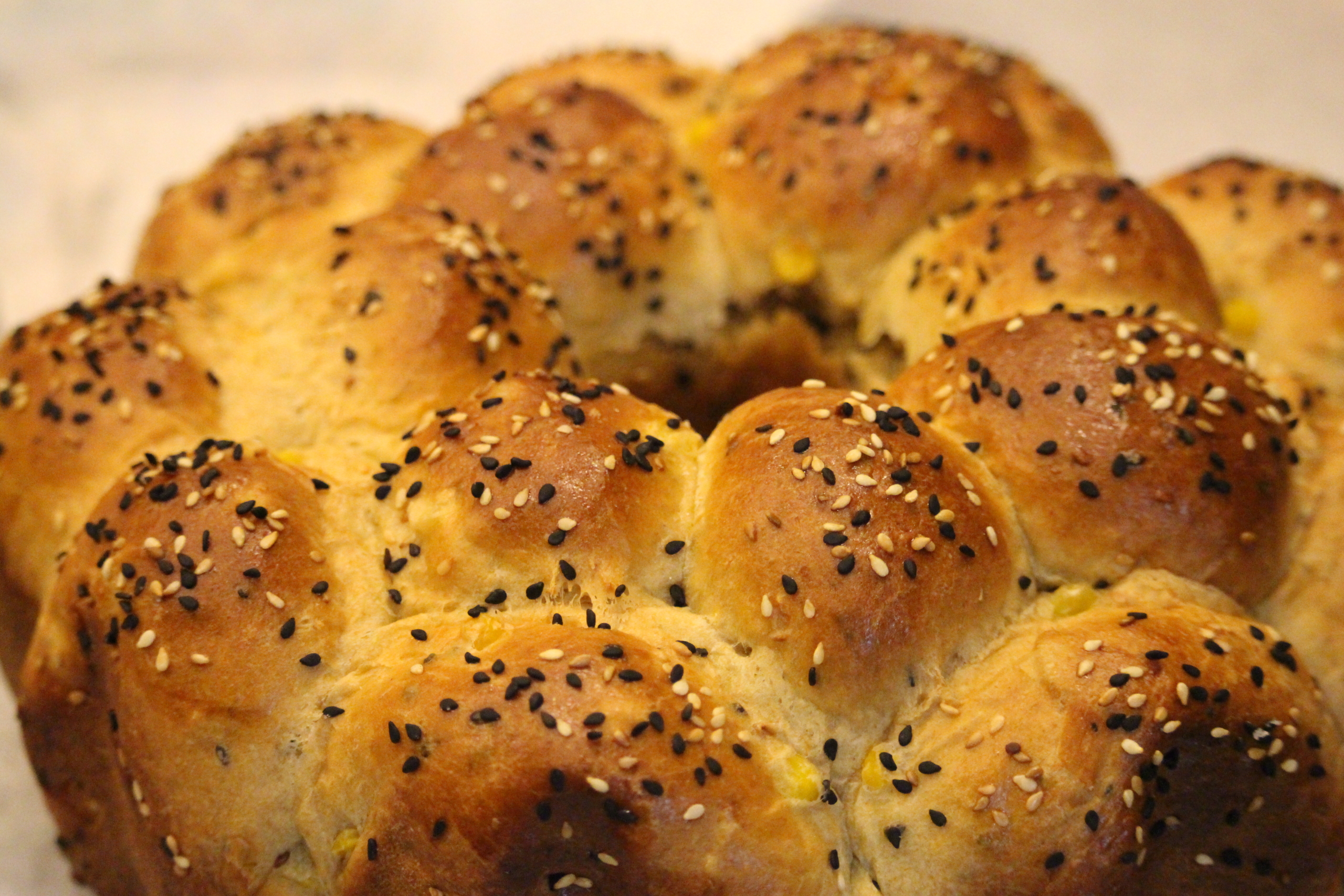By Marsha Boswell, Director of Communications, Kansas Wheat Commission
In an effort to increase consumer trust in the domestic wheat industry, U.S. wheat farmers have created a consumer-minded marketing campaign called “EatWheat” to increase awareness of farming and production practices as well as the practical benefits of wheat in the United States.
This campaign will allow the U.S. wheat industry to speak with one voice in an effort to reclaim the national conversation on wheat and share one primary message among numerous influencers while dismantling the false promises of diets without wheat.
Wheat foods are eaten all over the world and U.S. wheat is exported to all parts of the globe. Food is an expression of cultural identity and many favorite family memories from celebrations and holidays are often associated with wheat foods. Food is also a great unifier across cultures. And “to break bread together” is symbolic for bonding relationships.
The EatWheat campaign provides an opportunity to share the story of food culture and customs and helps foster a connection between people, including U.S. wheat and their customers. There are many popular wheat foods around the world made with U.S. wheat. Pan de muerto is a type of sweet roll traditionally baked in Mexico as part of the Dia de los Muertos observance. Agege bread is one of the most popular Nigerian breads, known for its soft, stretchy and chewy texture. In Japan, U.S. wheat is used in ramen or udon noodles, and in China it is used for Chinese wheat noodles and steamed buns. Pancit or noodles is probably one of the most well-known Filipino dishes. In Filipino vernacular, pancit simply refers to noodles. When Brazilians ask for “o pão nosso de cada dia” (our daily bread) most think of a roll with a crisp brown crust and a light-as-air crumb that fits neatly in the palm of a hand, known as pão francês. In Indonesia, traditional breads might include Bagelen bread, crocodile bread or gambang bread.
All too often, when urban consumers in the United States look down at their plate, they may not know how that food came from the farm to their table. While it may not be top of mind, many are wondering about the farmers who produce the food they consume and the processes used to grow it.
The website aims to create awareness of farm and production practices through the lens of food as an identity. And the food that we think can connect best is, of course, made with basic, simple and versatile wheat flour. And it does not matter if it is homemade for hours, or picked up at the supermarket ready-to-go — wheat food is a natural way to connect to others and yourself. EatWheat.org launched in November 2017, just in time for the holiday season.
On the site, consumers can find answers to their questions about wheat production practices, share their values with wheat farmers and engage.
Kansas wheat farmers are the driving force behind the EatWheat.org campaign and want to share the farmers’ side of the story through the website, Facebook, Instagram and Pinterest. The site features stories of family farmers including Justin Knopf, who farms with his dad, Jerry, and his brother, Jeff.
“Our farm today looks much different than when I was a kid,” said Justin, a fifth-generation farmer focused on a sustainable future. “We are farming more acres because now, instead of just one family, there are three families to support. The machinery we use is different. Just like anyone’s life or job, we are using technology so we can better understand the biology and soils. All those things point to continual improvement which is important. We’re thinking critically about how we produce, where it comes from…”
Jerry Knopf is proud of how far their family farm has come.
“I just farmed because it was what I needed to do,” said Jerry. “I thought it was pretty cool they were willing to go to college but then come back and farm, because now they knew the new way to do things and are way smarter than I ever was.”
To watch the video of Justin’s story, visit https://eatwheat.org/stories/justin-knopf/.
Finally, the site features quick and easy recipes geared toward moms on the go, using ready-to-eat wheat foods like tortillas, bread and buns, and short-cuts including refrigerated dough and pasta. The “Learn” section tackles questions such as, ‘what is gluten,’ ‘what are the different types of flour’ and ‘what are some of the tools farmers use.’ Consumers can also “Get Inspired” with family activities like salt dough handprint ornaments, gingerbread houses and wheat décor.
Please visit EatWheat.org to learn more and help amplify these messages by sharing social media posts at facebook.com/eatwheat.org, instagram.com/eatwheat/ and pinterest.com/eatwheatorg/.

